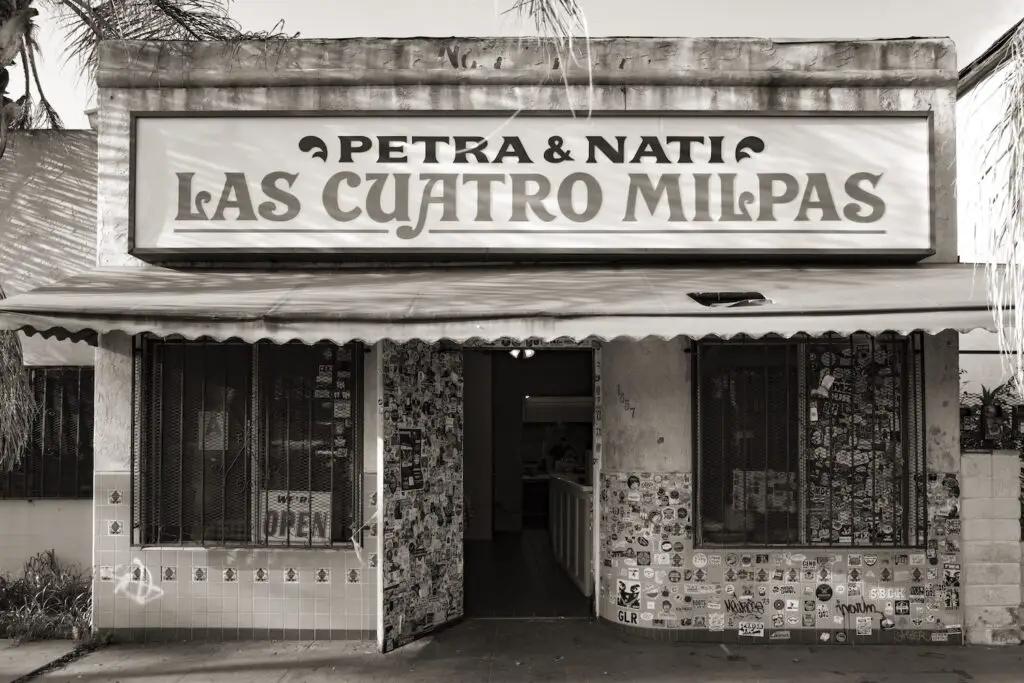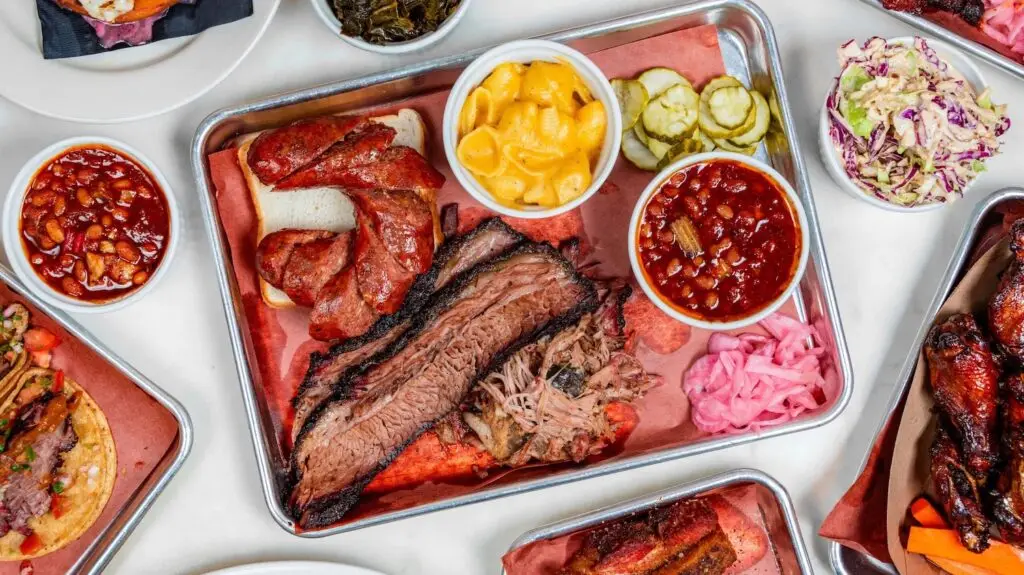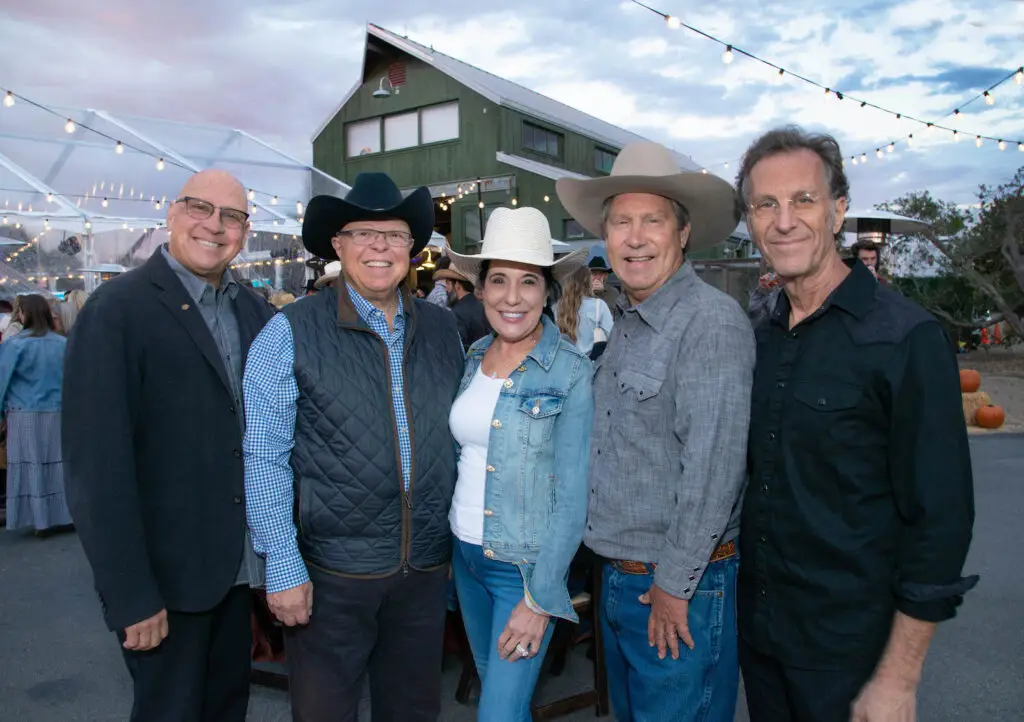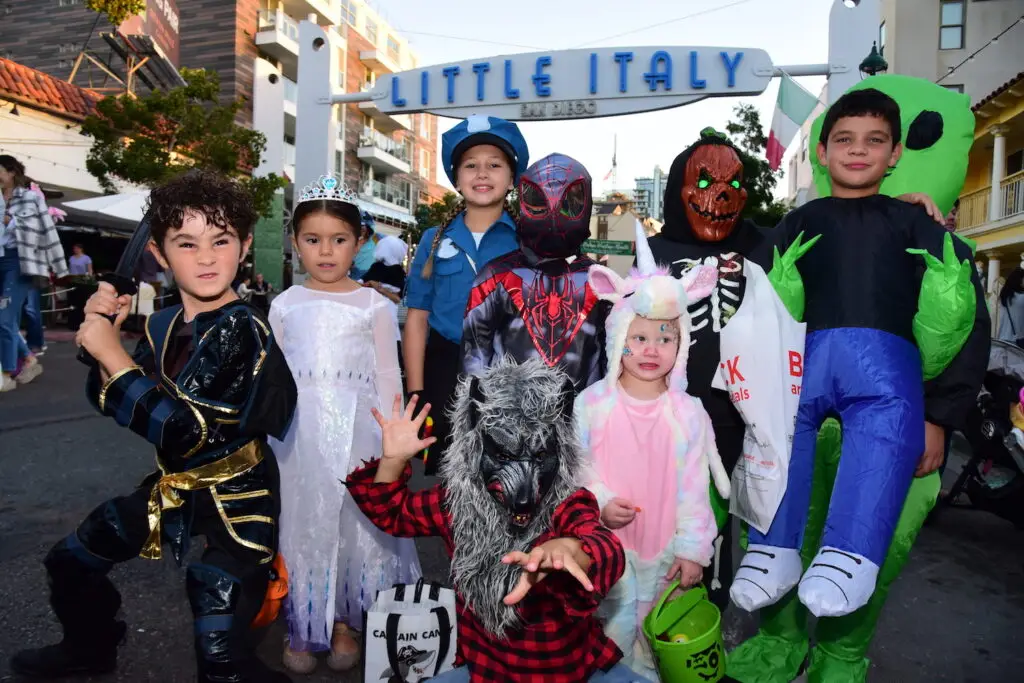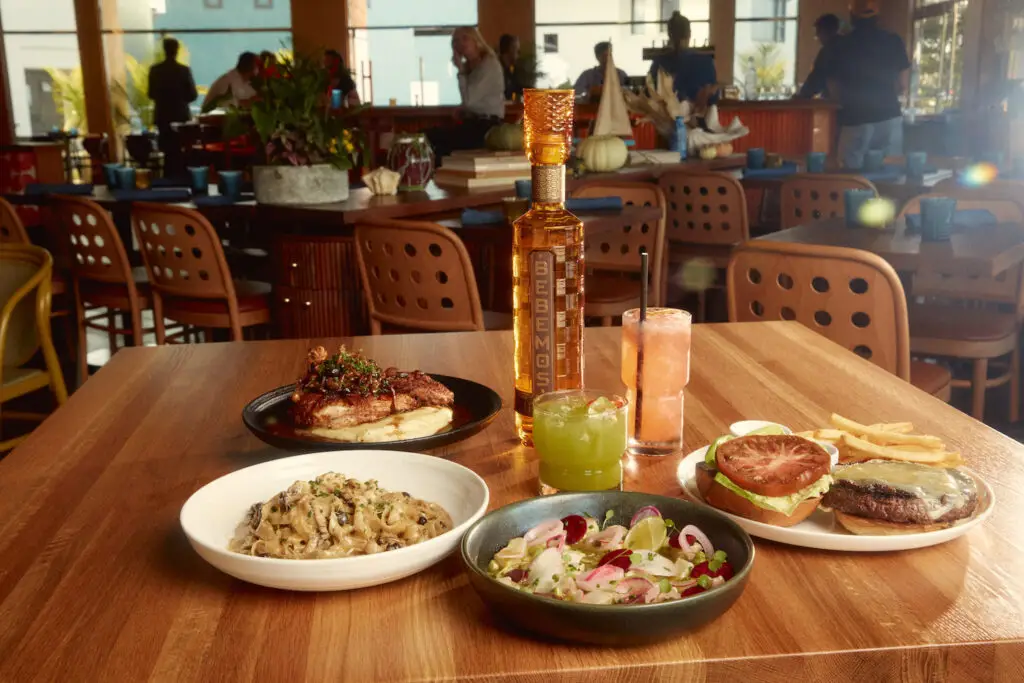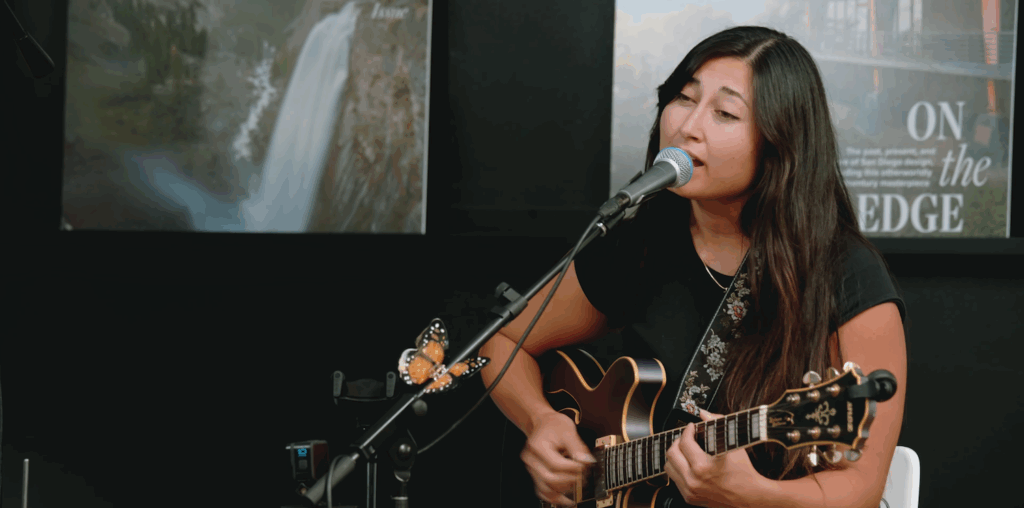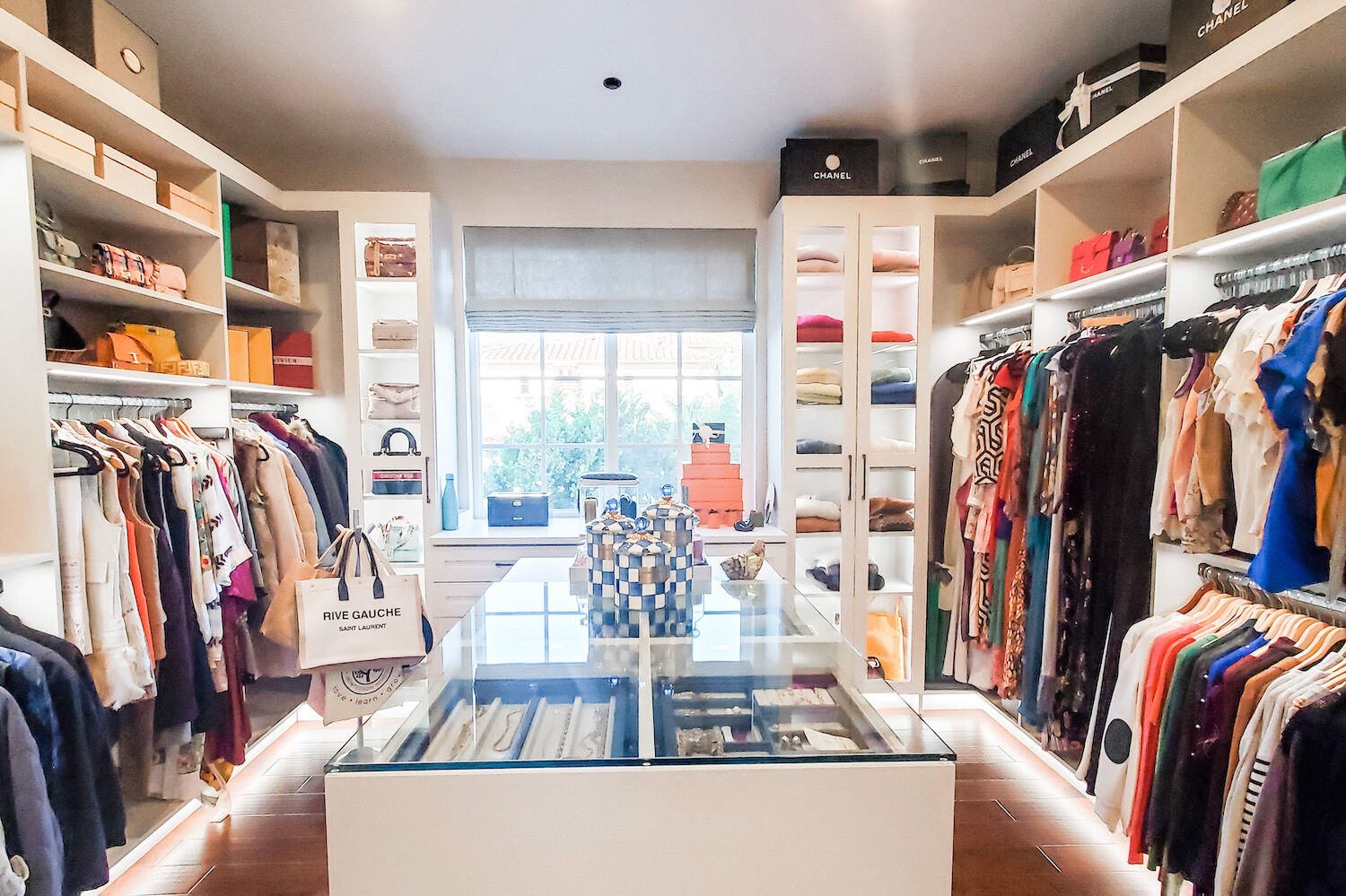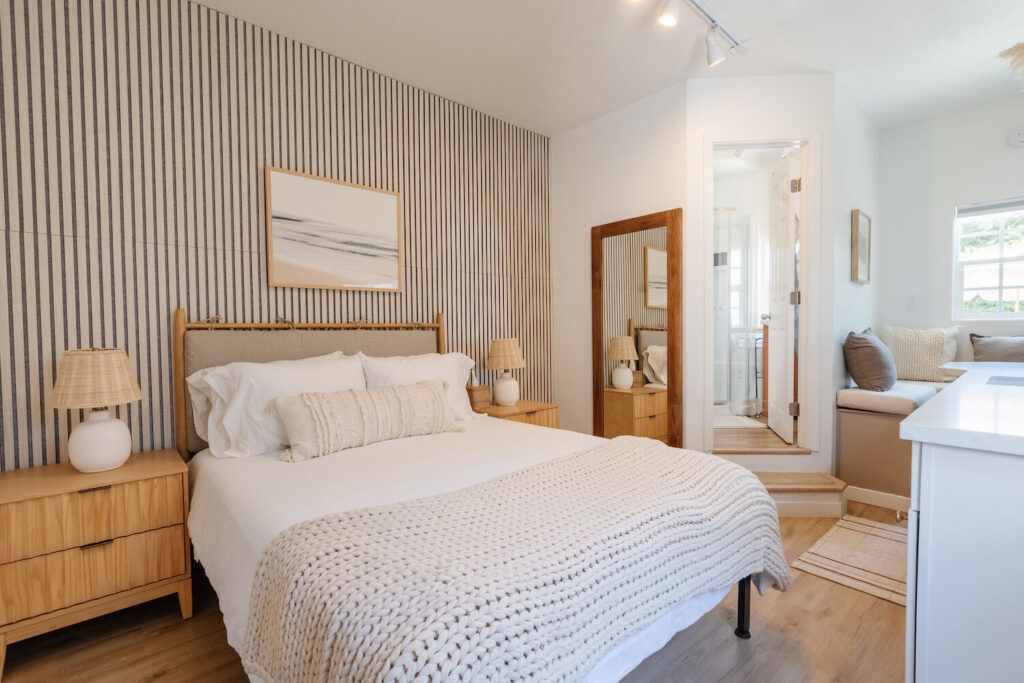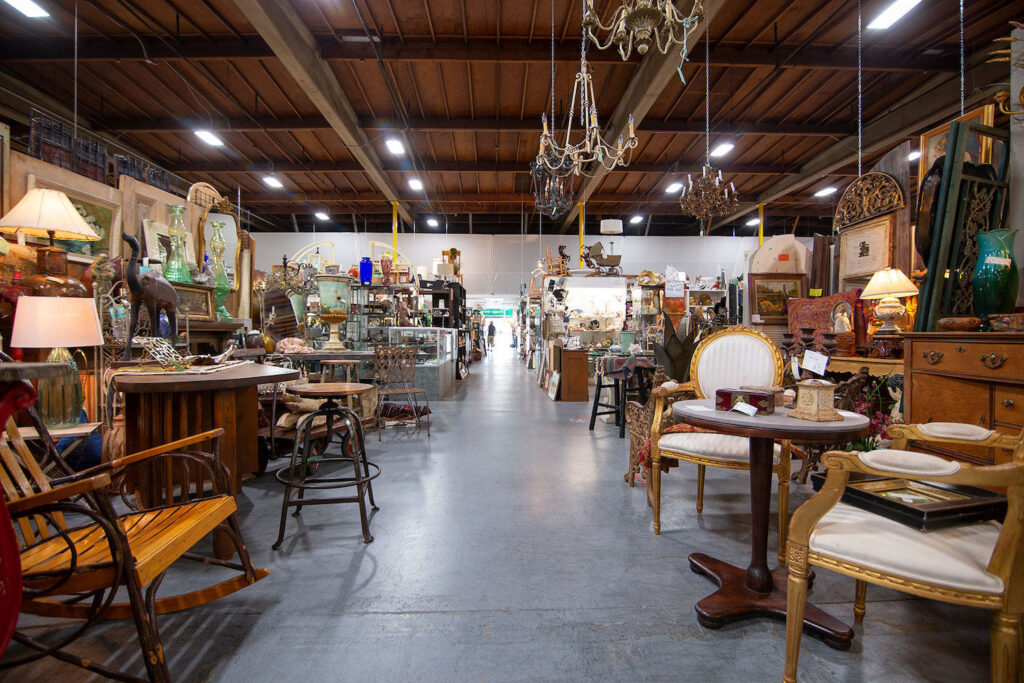It seemed like every Sunday, Chenais Siry’s husband would spend hours organizing the garage, yet it never actually got any cleaner.
The Sirys had been living in their five-bedroom Rancho Santa Fe home for four years, and already the garage was filled with everything that comes with having three young kids, two active parents, and a dog: bikes, skis, snowboards, strollers, soccer gear, and so on.
“It was never clean or never organized properly,” Siry says. “I was just getting frustrated with the whole garage system, and I was like, ‘Look, whatever you’re doing is not working.’ And I am just not going to attempt [cleaning] the garage because I get super overwhelmed with clutter. I start freaking out with big items.”
It’s a scenario familiar to many: You have a garage or a room or a drawer full of stuff—maybe even a house full of stuff—and you just move it around in an attempt to clean up. Maybe you even get really ambitious and buy a bunch of bins and label them, and still, somehow, everything is a mess.
Siry couldn’t take it anymore, so a friend suggested bringing in the big guns: hiring Ryen Toft, a professional organizer who runs the San Diego–based company Simply Luxe.

“Ryen and her team came, and they literally knocked out my garage in one day and made everything that I had already super organized,” Siry says.
Organizing has gotten the celebrity and social media treatment in the past few years with Marie Kondo’s famous book, The Life-Changing Magic of Tidying Up: The Japanese Art of Decluttering and Organizing, and the accompanying Netflix series. Not to mention shows like Get Organized, an entire social media movement of accounts like @thehomeedit and @simplyspaced, and people obsessed with The Container Store and specialized bin brands like Pillowfort.
There is no part of our lives that can’t be fashionably and aggressively organized with specialized compartments. Closets. Desk drawers. Car trunks. Even inside the fridge. Getting organized can be a whole lifestyle.
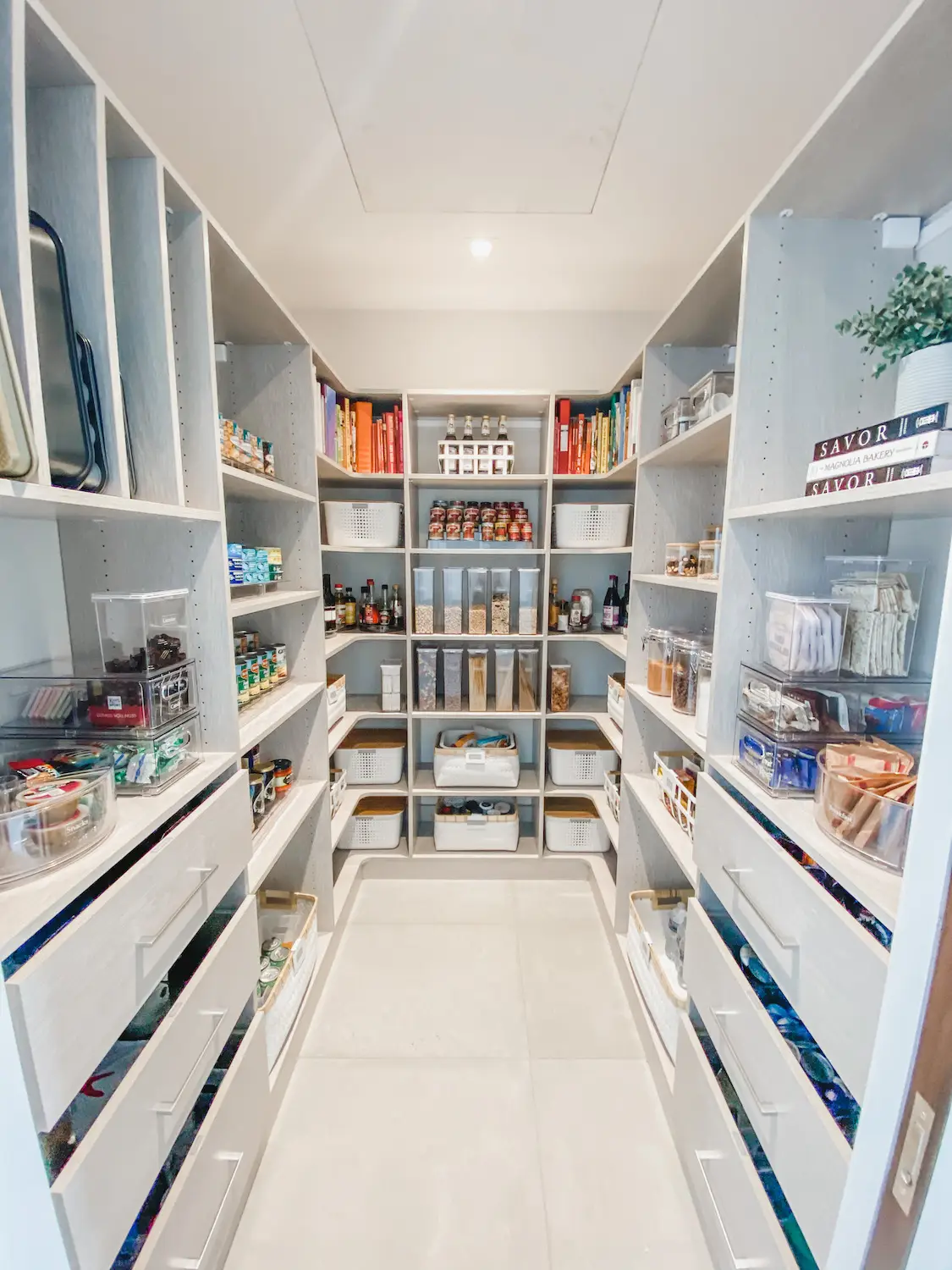
All of this attention helps highlight the good that getting organized can do, not just for your garage or pantry, but for your relationships and life on the whole. But it can also be harmful in some ways, Toft says, because it makes people feel like they have to completely organize their homes all at once, so they get overwhelmed and never make progress.
Toft has a method to help her clients triumph over clutter, and it’s one that can be put into place in any sized space, with or without professional help, she says. First, she suggests you start small. Pick one small space and work in short, 20-minute intervals.
“Set a timer and tackle something,” Toft says. This helps prevent burnout and keeps you from feeling overwhelmed but still is often enough time to make a difference.
“If you break up the kitchen into five 20-minute segments, you’re going to do 20 minutes on the pantry, 20 minutes on the junk drawer, 20 minutes on the lazy Susan, the ones in the corner that become a black hole,” she says. “Make sure you’re breaking things down to bite-sized chunks because [when you try to tackle too much] what happens beyond just getting overwhelmed [is that] you get [too] paralyzed to even start.”
Also, focus on decluttering before you start thinking about an organizing system. While there are endless social media accounts made up of stylish before-and-after porn, a so-called “tidycore” life doesn’t actually address the problem of having too much stuff. In fact, accounts like @thehomeedit and @simplyspaced sell their own product lines of organizing bins and other tools, essentially advocating for followers to buy more stuff—as if purchasing more matching bins or color-coordinated labeling systems will bring harmony and order to your life.
“The more you get rid of, the less you have to deal with and the less you’re depending on organizing bins because you’re not storing what you don’t need,” Toft says.
In fact, professional organizer Janine Morales, the founder of Tidy Closet, says not to shop for any bins or other organizing systems until you’re done getting rid of what you don’t need. As you’re sorting and putting things into piles, you can just reuse the cardboard shipping boxes you know you have lying around.
“They might not be pretty, but people don’t even see them if they’re in a closet,” Morales says.
And if you do buy bins, she recommends see-through ones. “Oftentimes we forget we have things, and we rebuy them or we can’t find them,” she says.
Toft, too, stresses that you shouldn’t rely on bins.
“We see clients throwing bins at everything without a plan or knowledge [of] why we’re containing what we’re containing,” she says. “Then bins can become part of the problem, too.”
So how to actually declutter? In case you missed the Konmari fad of holding things in your hands and asking if they “spark joy,” both Toft and Morales recommend a similar method, but in small doses, not overhauling your whole home at once.
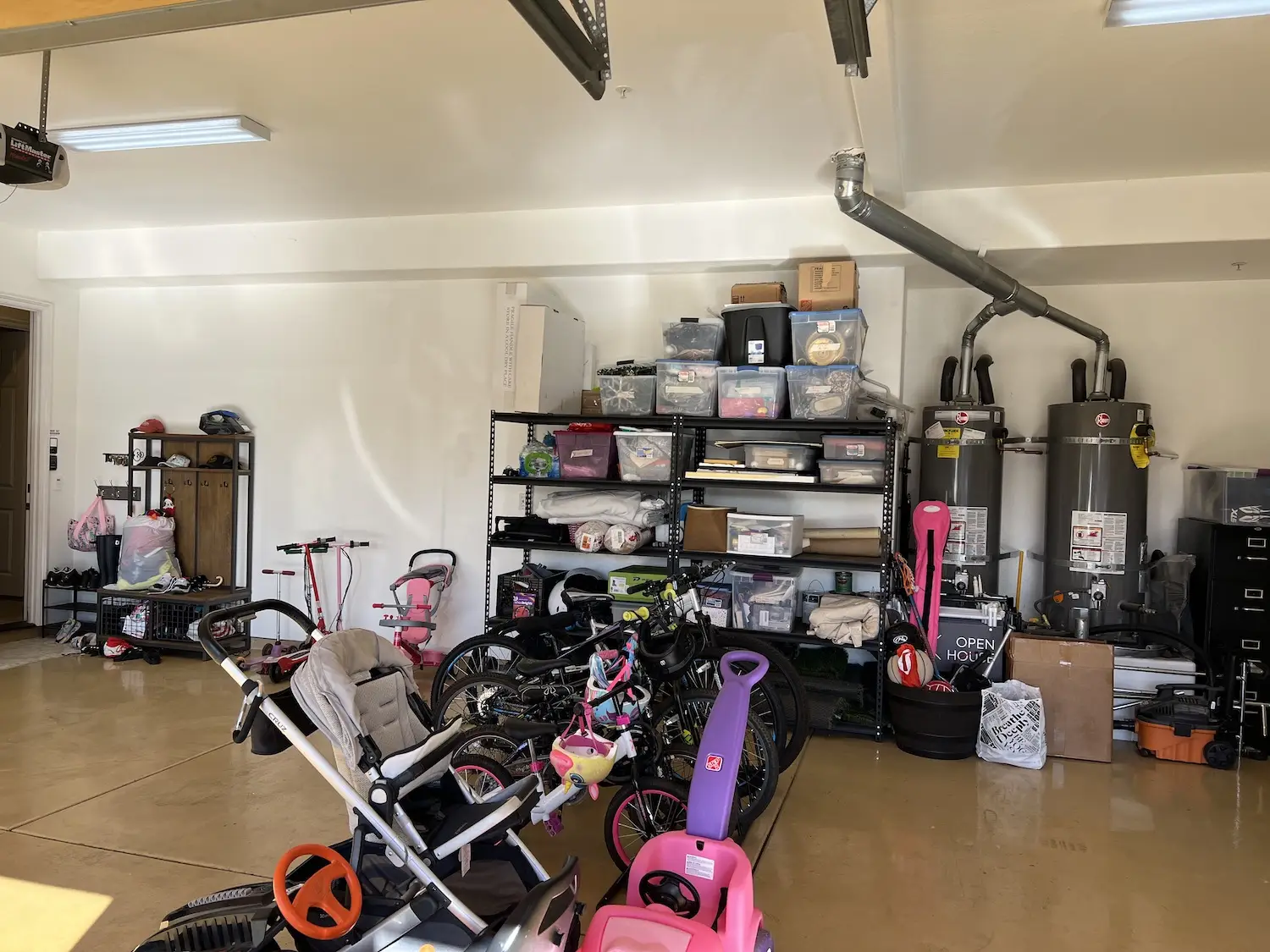
Morales expands the question of whether to keep something a bit beyond if it “sparks joy.” For example: clothes. “You have to reevaluate, [asking yourself,] ‘What are my values? Are those things going to support me in my lifestyle? Do I really want to wear them?’”
The decluttering and getting rid of things can also sometimes “spark conflict” among family members, Toft says, and this can be where it helps to have a professional like her act as a mediator.
“I can say something that the wife said constantly for five years, and I’m a genius,” she says.
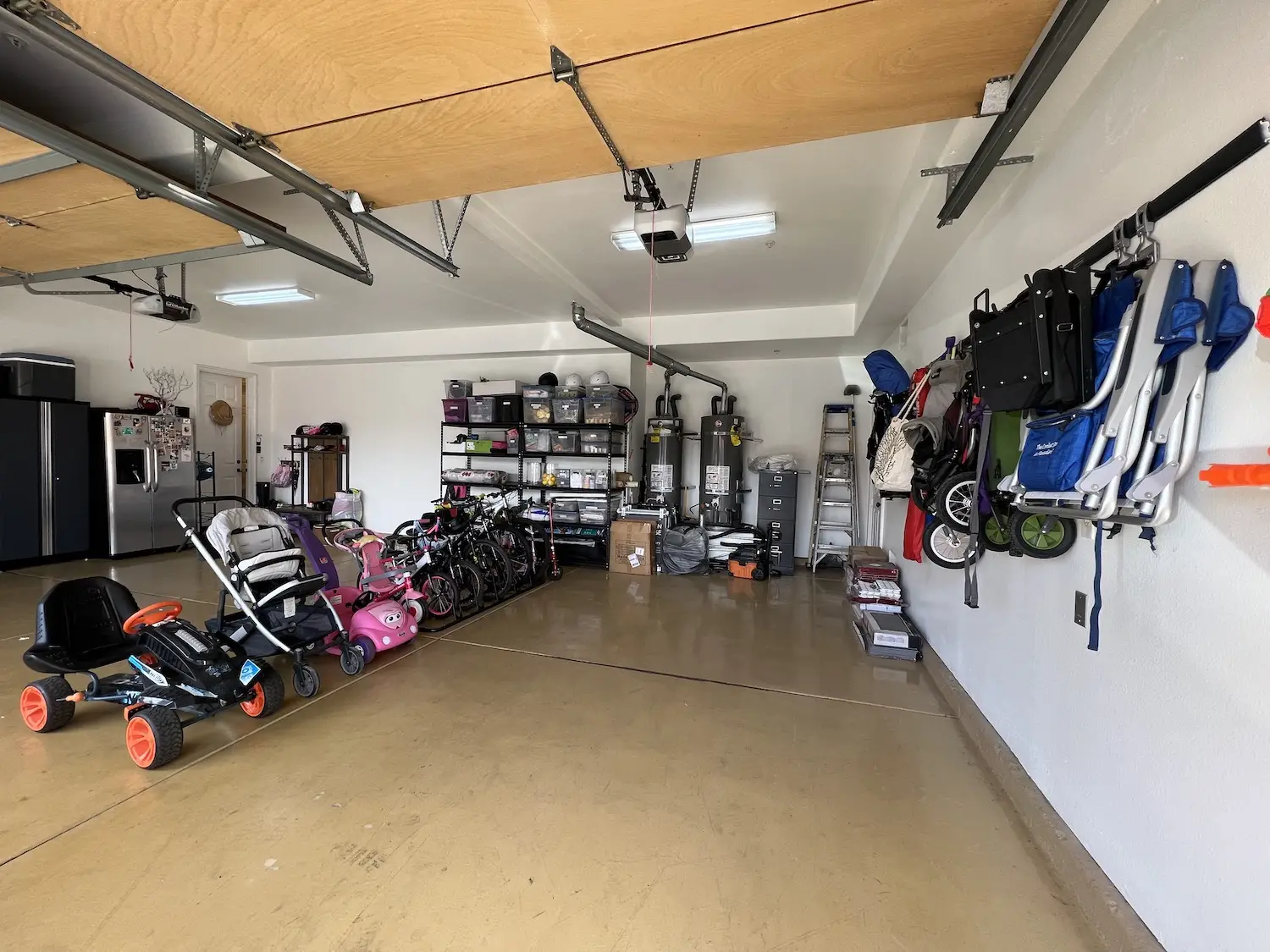
In Toft’s experience, almost every couple has one person who wants to chuck everything and one person who wants to keep it all.
“It’s, like, in the universe that those two people have to get together,” she says. “I just went to the cutest walkthrough this morning, and the husband just loves sentimental stuff. He is keeping all the stuff that was handed down, childhood toys he hasn’t looked at in 40 years. Then the partner is like, ‘I want an art space. I want the garage to be the workout space.’”
To handle the relationship issues, Toft suggests scheduling a regular decluttering time—“men seem to usually like that boundary,” she says—and then operating without emotion.
“I don’t think a lot of people realize you’ve been dragging this stuff around your adult life for the last 10 to 20 years,” she says. “You’ve been having to deal with it, store it, organize it, clean it, and you haven’t used it. So it’s just [about] being real and really taking an inventory on what you actually, truly need. And not the, ‘What if…;’ not the, ‘I’ll use it in three years.’”
To get kids on board, she recommends adding music and promising a fun activity as an incentive. (But not buying a new toy!)
“‘If we go through your Legos for 20 minutes, we can go to the park after,’” she says as an example.
Specifically, she sees a big problem with kids’ artwork, and suggests turning it into a book.
“They ship you a box, you ship back artwork, [and] they can make a book,” she says.
She also recommends a keepsake box as a way to store the sentimental objects that are really important.
“The box is a simple office hanging file box, with one file for each year of school,” she says. “Once a month or every three months, sit down with your kiddo to go through all the art [and] paper, and see what’s really important [and] what you can get rid of.”
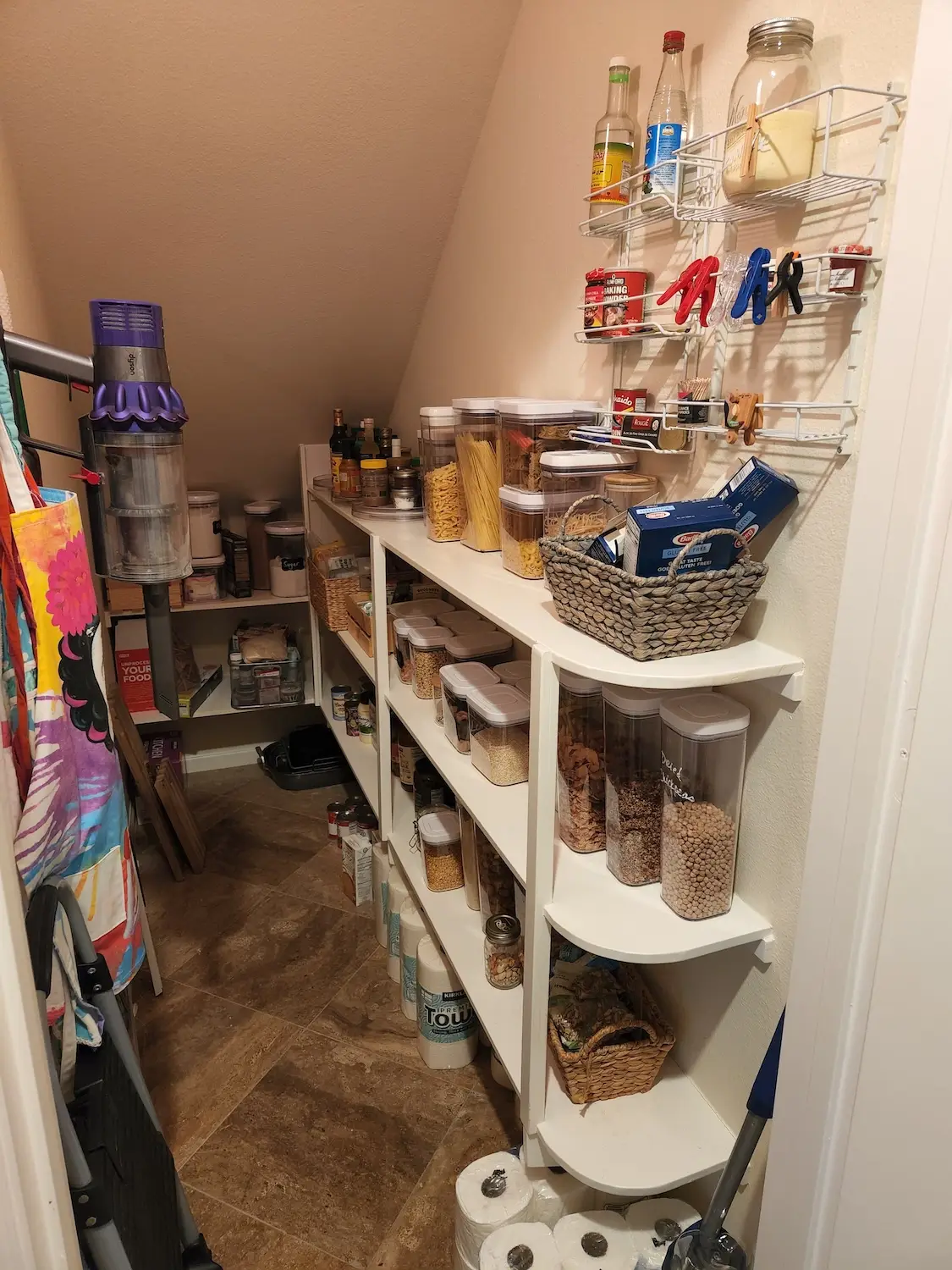
Once you’re ready for the actual organizing system step, Toft says color coordination is very important. Use matching colors for bins, and make sure all your hangers match.
“If your bins don’t match, you have what’s called visual clutter,” she says. “Now, it might be contained, but the colors are mismatched, [along with] the textures, the patterns, because you’re trying to reuse things. But when you do that, you’re still causing clutter, and then you’re confused why it still hurts your eyes.”
She also says you don’t have to fill all your available space.
“When we come in and organize and there’s space between bins, sometimes people get so uncomfortable. They’re like, ‘You can fit three more bins there if you just turn it sideways,’” she says. “And I’m like, ‘Yeah, but that’s the point.’ We don’t want to put more stuff on the shelf. We want it to look intentional and [like] there is room for growth. Or just that there’s space.”
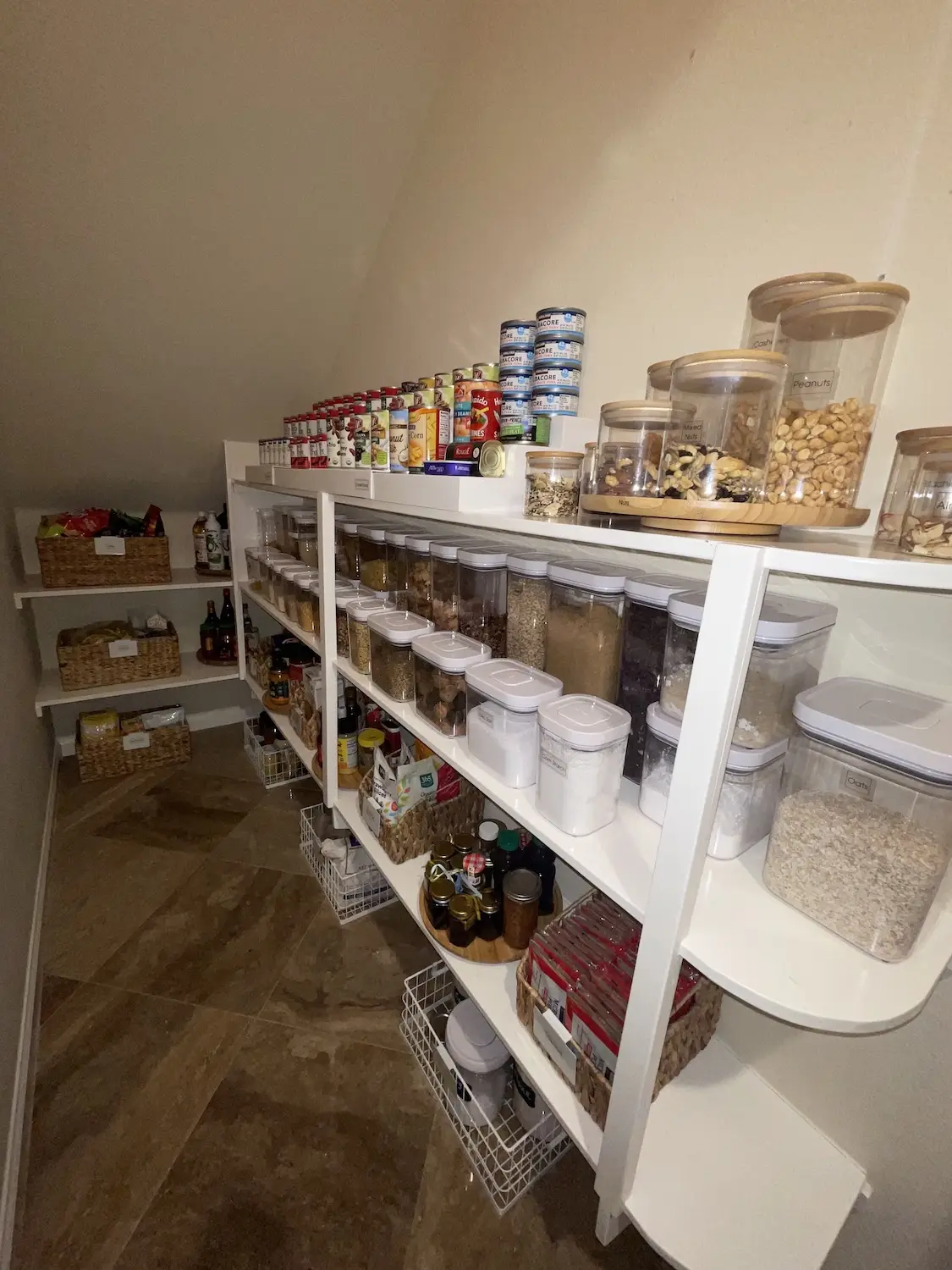
She says there are generational attitudes toward space. For many millennials, their grandparents didn’t have money, and when their parents made money they “bought and bought and bought.”
“I feel like our generation now is understanding less is more,” she says. “But we’re in that limbo-stage still.”
For Siry, Toft’s Rancho Santa Fe client, the garage organization went so well that she brought Simply Luxe back to do her pantry.
“They came and took everything out, and they helped me realize that half of my pantry was expired,” Siry says. “I have a problem throwing things away. I think it’s better when someone else is like, ‘Hey, Chenais, this is expired. Maybe you should toss this.’”
Now, Siry is a bit addicted to Toft and the peace of mind she brings. She’s used her company four times—for the garage, pantry, and kids’ play room, as well as to put away her Christmas decorations.
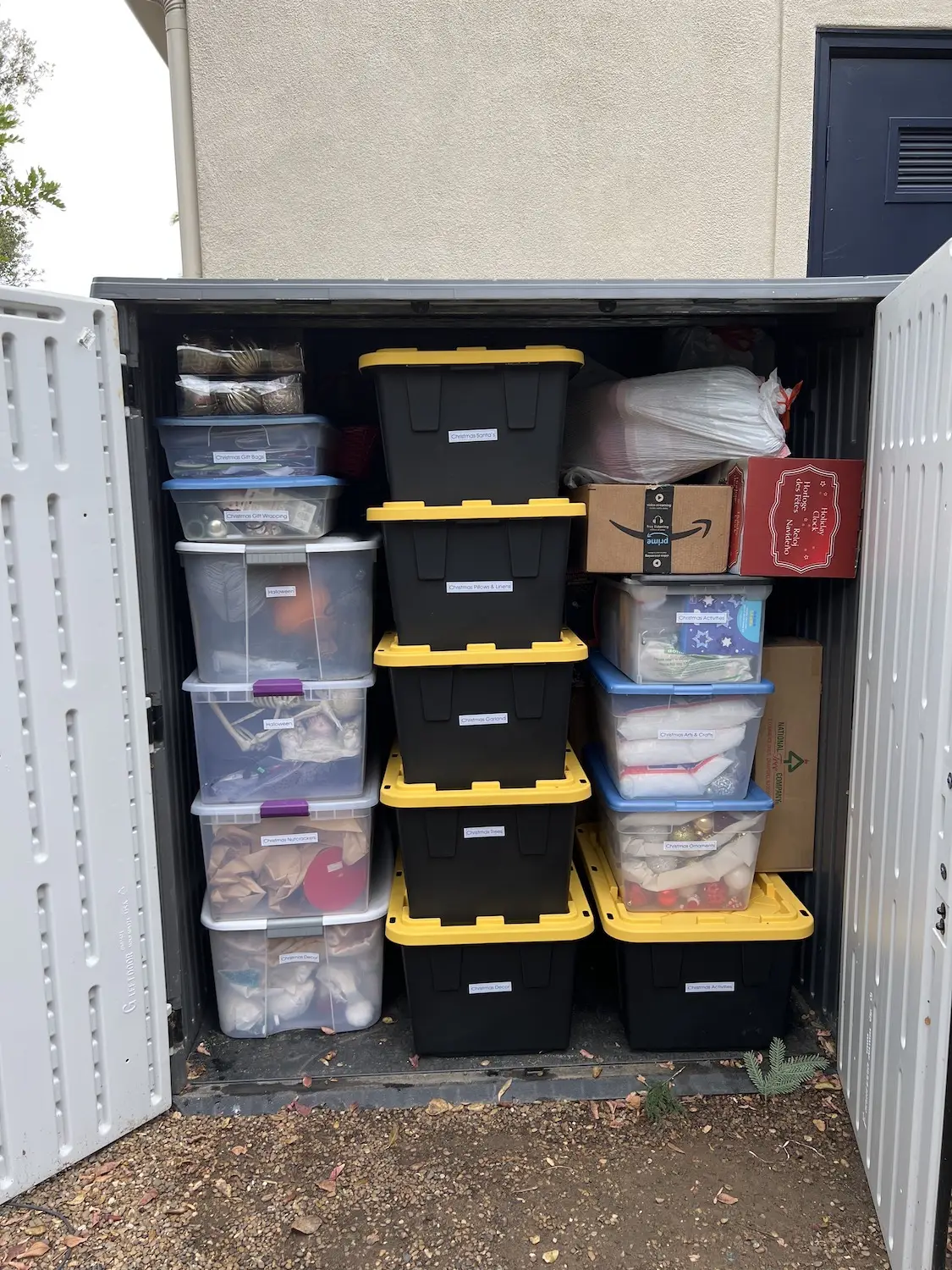
“This year I had a really big Christmas, and I was completely overwhelmed and I just couldn’t deal with it,” she says. “So they came down and they took down my tree, they took down all my decorations, they organized all my Christmas stuff, which was like a disaster before because we just would throw everything in a shed and call it a day. So this time now, I know what I have, I know what I need, I know where everything is. They labeled everything properly. It was just a big help for me also because I had all the kids home. It was too much. So her team came and really [were] like my little Santa elves.”
Siry says initially her husband balked at the idea of paying a professional to throw things away and organize—Toft’s prices range from $350 for DIY plans, virtual consults, and smaller projects to upwards of $1,400 for garages and bigger projects.
“At first, my husband was like, ‘No, you have the time,’ and really I don’t have the time,” she says. “But he’s like, ‘You just do it.’ He didn’t want to pay for it. And then after they came, for any other mess, he was like, ‘Can you just call Ryen? Can you just call her and have her do it?’”
Organizing her home has made Siry feel more peaceful and less stressed, and now she says she’s less likely to buy too many new things.
“We have 15 Barbies. My kid doesn’t need another Barbie, things like that,” she says. “It makes you realize, like, ‘Oh, wow, you do have an overabundance of stuff.’ We don’t have a place for it, so maybe we shouldn’t buy it.”
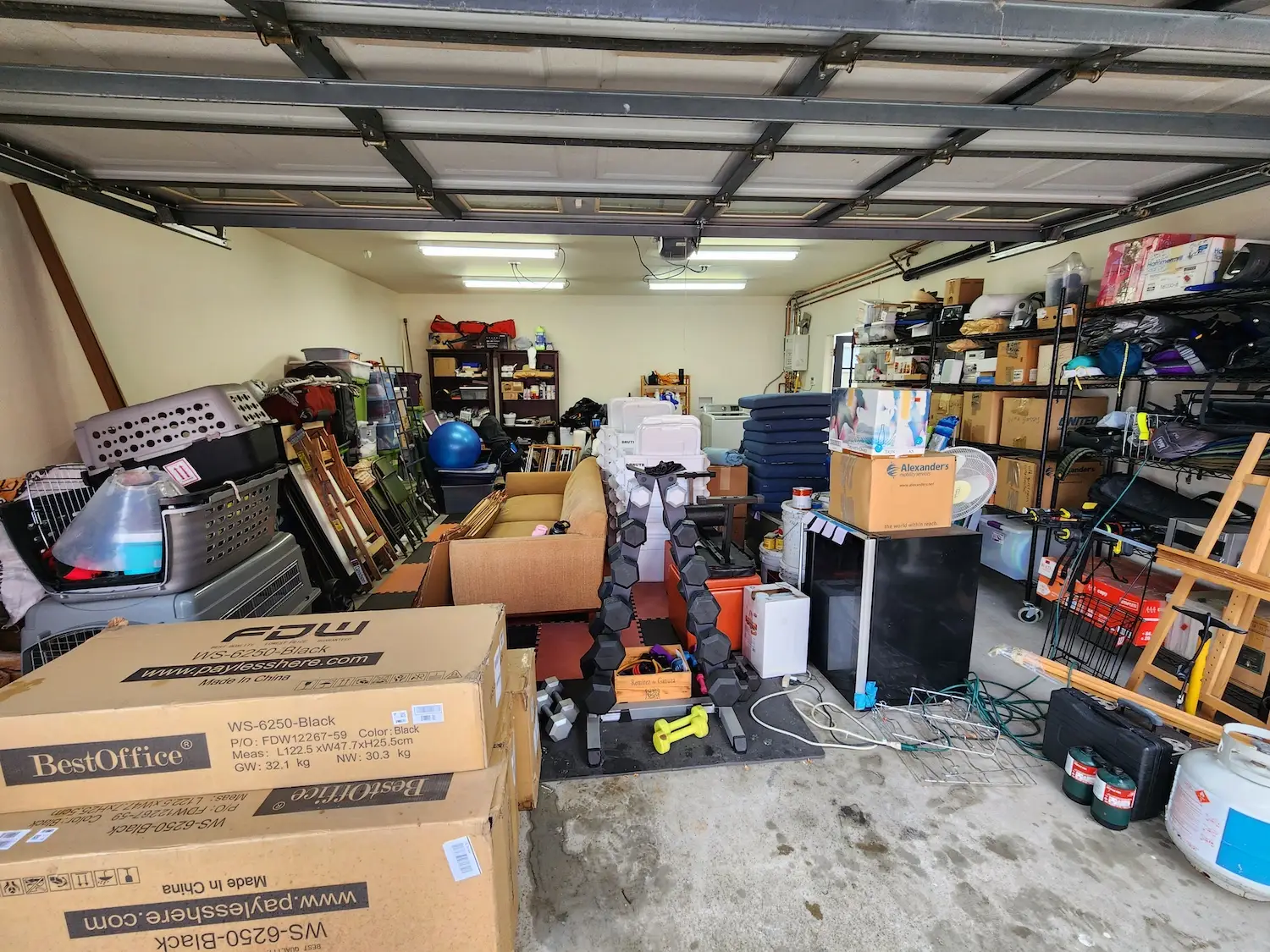
Tips for Spring Cleaning Your Home
Try the Pomodoro technique
Work in 20-minute intervals, tackling one space at a time. “Set a timer for 20 minutes and tackle something for 20 minutes.” It helps to prevent burnout, is enough time to make a difference, and is not so long you get overwhelmed.
Declutter First
“The more you get rid of, the less you have to deal with, and the less you’re depending on organizing bins because you’re not storing what you don’t need.” Decluttering before organizing cuts cleaning time down by an estimated 30 percent.
Use matching colors for bins and hangers
“If your bins don’t match, you have what’s called visual clutter. Now, it might be contained, but the colors are mismatched, [along with] the textures, the patterns, because you’re trying to reuse things. But when you do that, you’re still causing clutter, and then you’re confused why it still hurts your eyes.”
Make a keepsake box
“Creating a keepsake box is essential for those with kids. The box is a simple office hanging file box, with one file for each year of school. Once a month or every three months, sit down with your kiddo to go through all the art [and] paper, and see what’s really important [and] what you can get rid of.”
Have two baskets in most closets
Have one for items you want to donate and one for things you want to return, or, for kiddos, one for stuff that’s too big or too small. “They constantly live in our house. When we’re not using something, after a few months, it belongs in the donation bin. This helps to keep a continuous check on your inventory. Then once a bin is full, address and keep going. This is an easy system to implement and saves you a lot of hassle and time later.”

